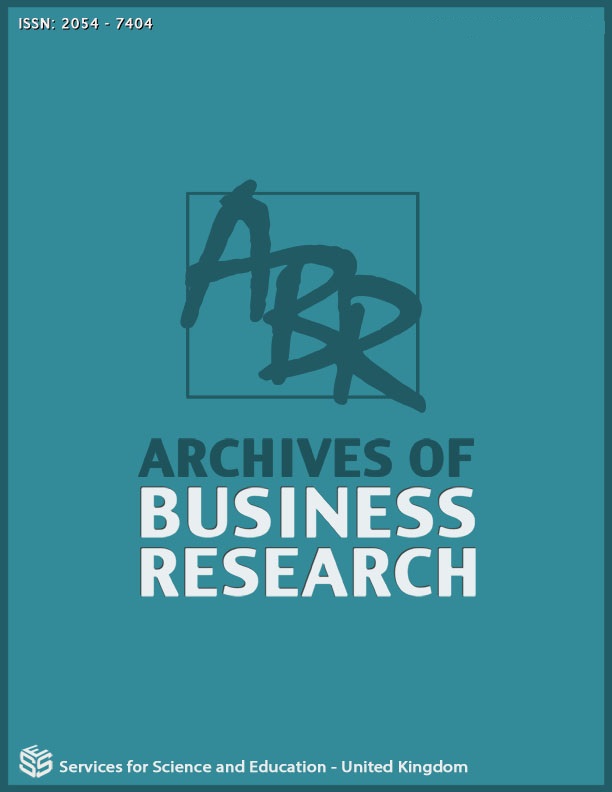How can Exchange Rates be Determined? Revisited from the Case of US-Yen Exchange Rate
DOI:
https://doi.org/10.14738/abr.113.14223Keywords:
exchange rate, monetary approach, Purchasing Power Parity, US dollar, yenAbstract
The issue ‘how can exchange rates be determined?’ has been discussed since the mid-1970s when a floating exchange rate system was introduced in developed economies. Many theories have been presented and have been examined empirically. Despite the fact that some trends which are strongly related to economic conditions all over the world have existed, several theories are now supported by academic fields. There seems to be some consensus. On the other hand, empirical studies have varied and they are not unified. This study focuses on representative theories, namely purchasing power parity, monetary approach, and interest rate parity, and these theories are examined empirically. The results show that these three theories fit well with reality. Representative theories can be used for the prediction of exchange rates when some limitations are permitted. However, examining long-term periods introduce many factors that have an influence on exchange rates. There are still many problems that interfere with exchange rate prediction.
Downloads
Published
How to Cite
Issue
Section
License
Copyright (c) 2023 Yutaka Kurihara

This work is licensed under a Creative Commons Attribution 4.0 International License.






